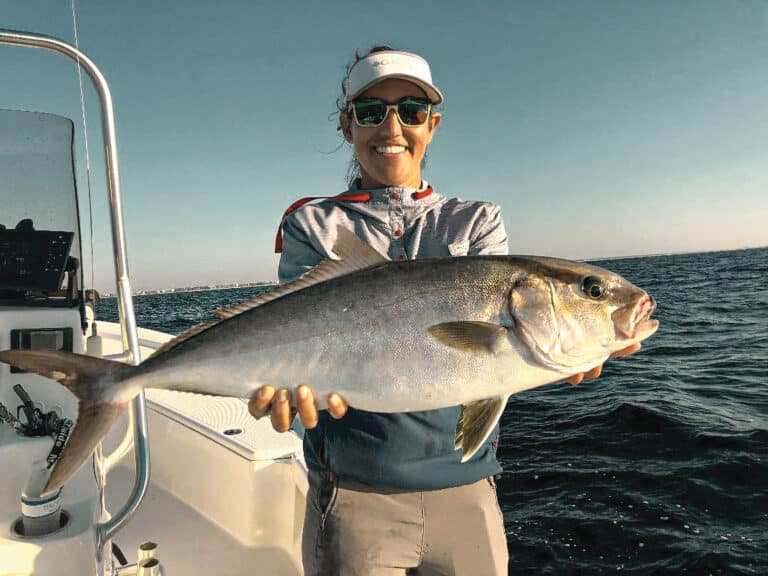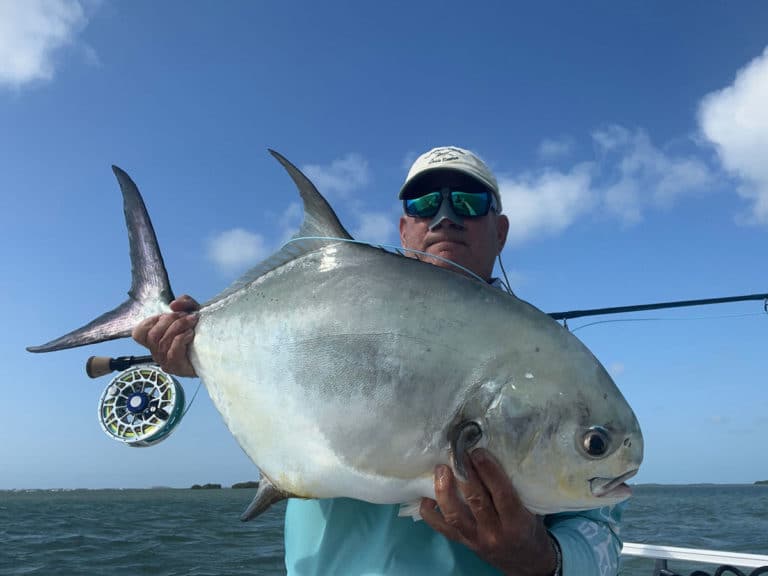
Fishing for the Everyman Grand Slam in Key West
Looking to land tarpon, bonefish and permit in a single day? Head to Key West for a chance at the everyman grand slam.
Permit are considered the proverbial feather on any inshore angler’s cap.

Looking to land tarpon, bonefish and permit in a single day? Head to Key West for a chance at the everyman grand slam.

The five fish mostly likely to break you off, and how to keep that from happening.

Catching a permit of any size is one heck of a fight. Now imagine landing a 40-, 50- or 60-pounder! That’s exactly what these anglers accomplished.

The Central American hot spot is a year-round flats fishing mecca.
Famous for their skittish nature (especially in shallow water), their speed, stamina, and their dirty tricks (they often rub their mouths on the bottom or zigzag between sea fans or coral heads in an attempt to rid themselves of the hook or line), permit are considered the proverbial feather on any inshore angler’s cap. Around wrecks in deeper water, where permit congregate to spawn, they are considerably less wary and act more like other members of the jacks family.
Permit often travel in packs, especially as juveniles, but gather by the hundreds for spawning. They feed primarily on crustaceans, mollusks and sea urchins, but will eat small fish now and then, and trophy specimens may weigh over 50 pounds. Fly-fishing for permit is one of the more popular methods for landing them. They occur in the western Atlantic, from Massachusetts to Brazil, as well as the Gulf of Mexico and the Caribbean. But the greatest concentrations are in South Florida, Belize and Mexico’s Yucatan Peninsula.
An Indo-Pacific species, very similar in appearance and habits, is listed by the IGFA as snubnose pompano. It ranges from the Red Sea and East Africa to the Marshall Islands and Samoa, with its territory extending as far north as southern Japan and as far south as Australia.